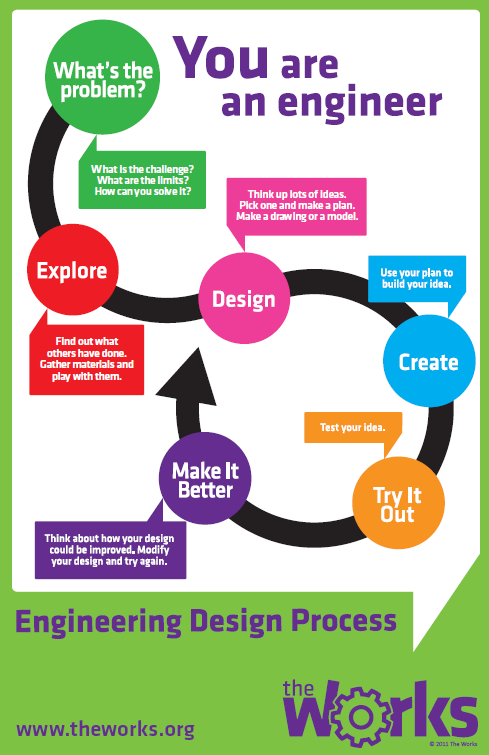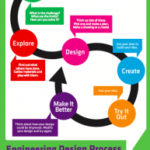Why do I use the Engineering Design Process?
-
44 percent of 2013 U.S. high school graduates are ready for college-level math
-
36 percent of 2013 U.S. high school students are ready for college-level science
-
26 percent of 2009 U.S. students took Algebra I before high school. (Up from 20 percent in 2005.)
-
Only 12 percent of black students and 17 percent of Hispanic students took Algebra I before high school in 2009. But, 48 percent of Asian students took Algebra I before high school in 2009
-
In 2013, 42 percent of American fourth grade students and 35 percent of eighth grade students, performed at or above the proficient level in mathematics
-
In 2011, 32 percent of eighth grade students performed at or above the proficient level in science
-
In 2009, 34 percent of American fourth grade students and 21 percent of twelfth grade students performed at or above the proficient level in science
-
9 percent of Hispanic and 10 percent of black U.S. students took advanced Algebra or calculus in 2008, compared to 22 percent of white students and 43 percent of Asian students
-
19.5 percent of AP test takers in the class of 2012 earned a qualifying score on an AP exam
-
27 percent of 2011 test takers took an AP science exam and 26 percent took an AP math exam
As a fifth grade teacher, I create lessons that introduce creativity and innovation that helps my students with career exploration and development. Especially with my female students and students of color, I encourage 100% participation in my STEM lessons and activities. By helping my students build a strong foundation in problem-solving, I allow them to use cross-disciplinary tools for discovery and for developing solutions to problems that are open-ended and embedded in the real world. My classroom shifts students away from learning isolated facts, moving towards experience-based inquiry with multiple opportunities for independent learning. By using the engineering-design model as a framework for my instruction, I strive to advance my students’ academic abilities, creativity, and learning.


 Next Post
Next Post